- JCBL Group
- Rishi Aggarwal
- Droupadi Murmu
- Slovakia
- Airbonics Defence & Space
- ADSL
- light tanks
- combat vehicles
JCBL Group Inks MoU With Slovakia To Develop Next-Gen Combat Vehicles
- By MT Bureau
- April 16, 2025
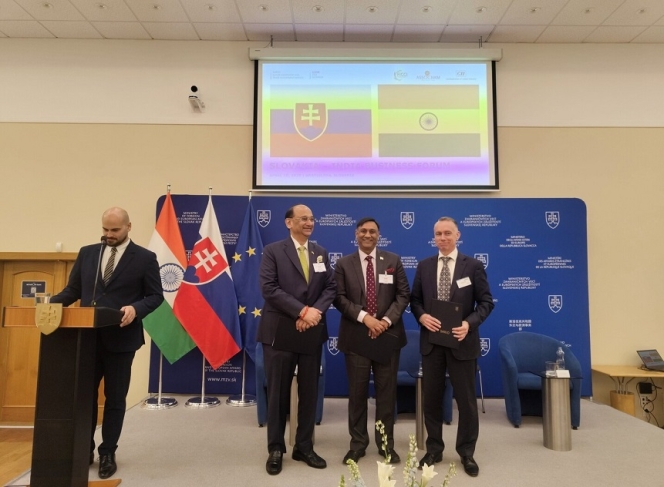
Airbornics Defence & Space (ADSL), the defence arm of the Punjab-based JCBL Group, has signed a strategic partnership with Slovakia to co-develop and manufacture next-generation technologies for light tanks, future ready combat vehicles (FRCVS) and future infantry combat vehicles (FICVs).
This also marks the first-ever defence MoU between India and Slovakia, which was formalised during an official state visit of the President of India, Droupadi Murmu, to Slovakia.
Rishi Aggarwal, Managing Director, JCBL Group, said, “This partnership signifies more than just a business agreement. It represents a convergence of trust, technology, and transformation. It aligns with our core belief in the make-in-India vision and strengthens India’s position as a global hub for defence innovation.”
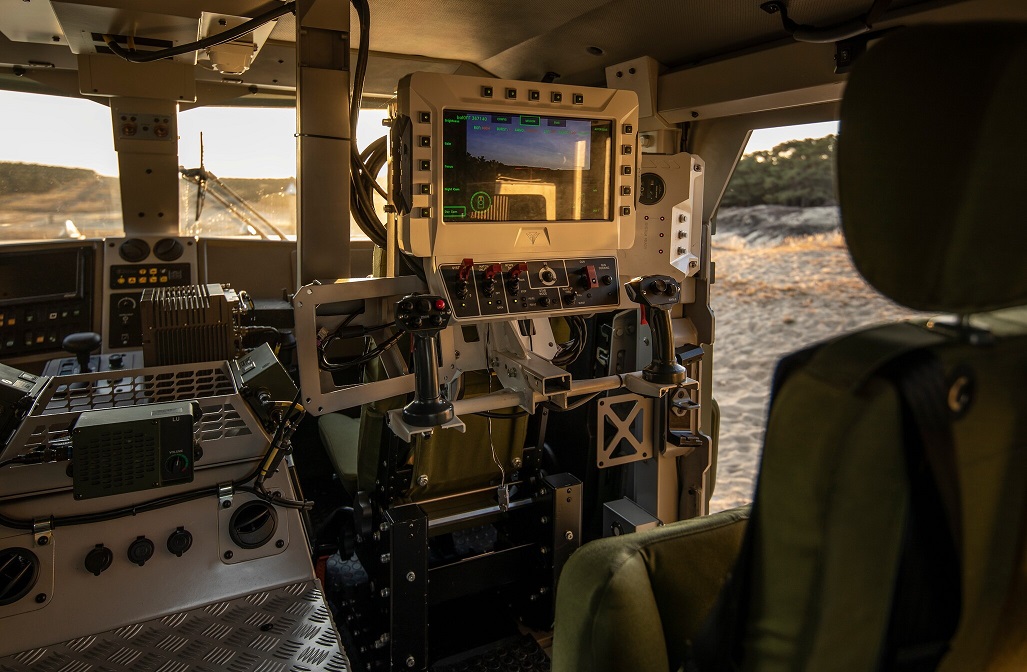
As part of the understanding, ADSL will focus on indigenous development and manufacturing of critical combat systems for light tanks, including turrets, active protection systems (APS), remote-controlled weapon systems (RCWS) and human-machine interface (HMI) modules.
The understanding is based on the commitment for technology transfer, operational excellence and co-development of advanced combat platforms tailored for complex terrains and high-altitude environments.
Quectel Intros 5G-A Automotive Grade Cellular Module
- By MT Bureau
- January 05, 2026
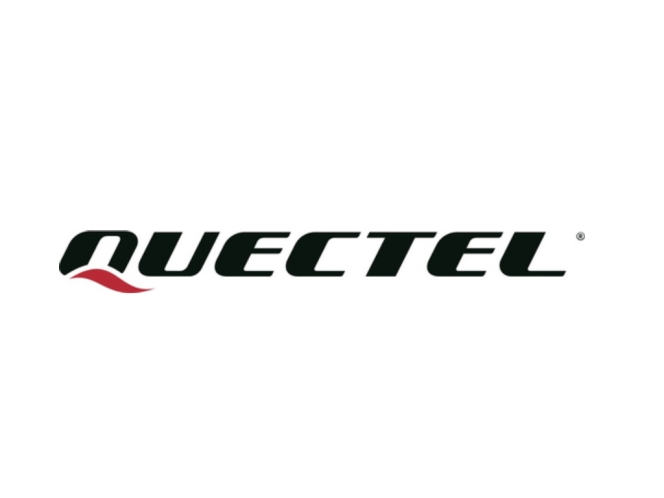
Chinese technology company Quectel Wireless Solutions has launched the AR588MA, a 5G-advanced (5G-A) automotive-grade cellular module. Based on the MediaTek MT2739 platform, the component is the first to comply with the 3GPP R18 standard protocol.
The module integrates NB-NTN and NR-NTN satellite communication capabilities and supports Dual SIM Dual Active (DSDA) technology to manage connection stability.
Designed for in-vehicle communication and smart antenna applications, the AR588MA complies with the AEC-Q104 Grade 2 automotive standard. It includes a six-port antenna design and dual-band GNSS supporting L1 and L5 bands with a 30 Hz output. The hardware supports European eCall, NG eCall and China’s AECS systems. It is also compatible with the AG581A, AG56xN and AG519M module series to assist manufacturers with integration timelines.
Min Wang, President of the Automotive Business Unit, Quectel Wireless Solutions, said, “The move to 5G-Advanced represents a major milestone in automotive connectivity, addressing the growing demands of next-generation vehicles for higher data rates, ultra-low latency and uncompromising reliability. As the world’s first 5G-Advanced automotive-grade cellular module, the AR588MA reinforces Quectel’s commitment to advancing in-vehicle connectivity and supporting the evolution of intelligent, connected vehicles worldwide.”
The module features a transmission capability designed for high-speed data transfer and low latency. Its software can switch connection modes based on connectivity needs to maintain network speed. The integration of proprietary power compensation technologies is intended to provide wireless coverage across different environmental conditions.
Kazam Clocks INR 400 Million Revenue For FY2025, Targets INR 1 Billion Revenue In Q4 CY2025
- By MT Bureau
- January 02, 2026
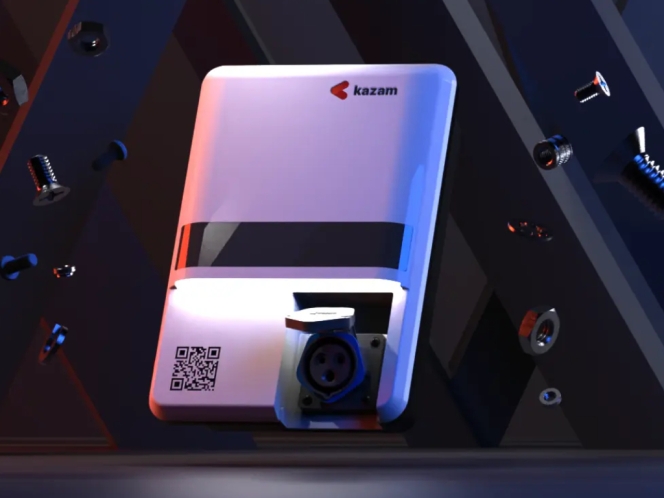
Kazam, an electric vehicle (EV) charging and energy-management platform, has reported revenue of INR 400 million for FY2025, which it claimed is a 3.5-fold increase YoY.
Furthermore, Kazam expects to reach an annual revenue run-rate of INR 1 billion for Q4 CY2025.
At present, the platform has integrated more than 120,000 chargers and facilitated over 7 million charging sessions. Over the last 6 months, charger integrations rose by 76 percent, while energy sessions increased by 60 percent.
The platform manages over 9,000 MWh of energy transactions monthly, supporting more than 100 charger brands. Kazam's network covers residential societies, workplaces, fleet depots, bus operations and public charging networks.
Currently, Kazam has established partnerships with 14 major brands such as Maruti Suzuki India, as well as energy providers like ONGC and regional distribution companies (DISCOMs). Its infrastructure footprint includes 150 residential associations across Delhi, Bengaluru, Hyderabad and Pune, along with 45 bus depots.
Akshay Shekhar, Co-Founder & CEO, Kazam, said, “India’s EV transition is entering a new phase, from just creating charging availability to building a reliable, intelligent, and interoperable energy layer that the entire industry can depend on. That is the market we have been building. Our growth this year reflects the trust that OEMs, fleets, DISCOMs, and CPOs are placing in a unified, device-agnostic platform that can scale across vehicle categories and geographies. As electrification accelerates, our focus is on enabling India’s EV ecosystem to move from fragmented experiences to a seamless, grid-aware infrastructure that can support millions of daily energy transactions.”
Ram Balasubramanian, CFO, Kazam, said, “India is moving from the ‘availability phase’ of EV infrastructure to the ‘reliability and optimisation phase,’ and Kazam’s growth this year shows we’re creating industry standards along with profit benchmarks. With increasing platform throughput and sustained cost optimisation, we are on track to achieve a INR 1 billion annual run-rate and profitability by early 2026”.
The company has raised USD 19.2 million to date, including a Series B round completed in June 2025. These funds are being used for research and development, geographic expansion into Tier 2 and Tier 3 cities and the development of energy services such as demand response and peer-to-peer energy sharing. The platform provides tools for both individual home charging and enterprise-level fleet management to create a unified energy layer that functions independently of specific hardware manufacturers.
Hyundai Creta Attains Highest Yearly Sales Surpassing 200,000 Units In CY2025
- By MT Bureau
- December 31, 2025
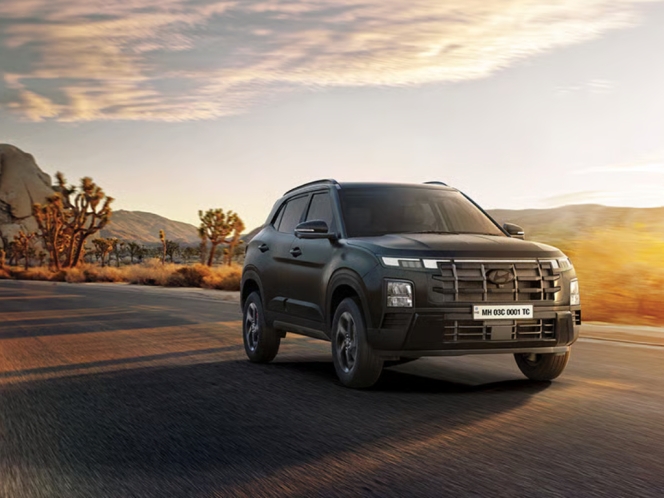
Hyundai Motor India (HMIL) has announced that its popular SUV the Creta has surpassed 200,000 units sales in CY2025.
This figure represents the highest annual sales volume for the vehicle since its introduction. This translates to an average of 550 units sold per day, maintaining the model's position in the mid-size SUV segment with a market share exceeding 34 percent.
Marking a decade on Indian roads, the SUV achieved a compound annual growth rate (CAGR) of over 9 percent between 2016 and 2025. Hyundai Motor India stated that its internal data reveals a shift in buyer demographics, with first-time buyers increasing from 13 percent in 2020 to 32 percent in 2025. Product trends within the range show that variants equipped with a sunroof accounted for over 70 percent of sales in 2025, while diesel powertrains maintained a 44 percent share of total volume.
At present, the Creta can be had with a 1.5-litre petrol, 1.5-litre diesel and 1.5-litre turbo petrol engines, as well as an electric (EV) variant. Transmission choices include manual, IVT, automatic and DCT. The model remains the highest-selling mid-size SUV in the country on a cumulative basis for the period between 2020 and 2025.
Tarun Garg, Managing Director & CEO designate, Hyundai Motor India, said “Hyundai Creta journey in India is nothing short of extraordinary and achieving highest-ever annual sales of more than 2 lakhs units is a proud and defining moment for all of us at Hyundai. It is also the highest selling SUV of our country on a cumulative basis from 2020-2025. Infact, over the past 10 years of its journey in India, Creta’s customer base has grown manifold, transforming it from a capable SUV into a trusted companion for every journey. The brand’s momentum also reflects in the rise of first-time buyers - from 13 percent in 2020 to an impressive 32 percent in 2025. Aspirations of Creta customers have also evolved over the years, with sunroof-equipped variants contributing more than 70 percent of Creta’s sales in 2025. In addition, the diesel powertrain contributes a strong 44 percent share to Creta sales. We are deeply grateful to our customers and dealer partners for making Creta a symbol of Hyundai’s trust, innovation and commitment.”
MapmyIndia Adds Multimodal Public Transport Routes To Mappls App
- By MT Bureau
- December 30, 2025

MapmyIndia Mappls has expanded its Mappls App by integrating multimodal public transport routes. The update allows users to access information for metro, rail and bus services within the application.
The feature enables the 40 million users of the platform to view stations, stops and interchange options. The service is currently available in cities including Delhi, Mumbai, Bengaluru, Chennai, Hyderabad and Kolkata, among others. The update is live on iOS and web platforms, with an Android release scheduled to follow.
The public transport data joins existing app features such as turn-by-turn navigation, traffic updates and safety alerts. By combining private and public transport data, the company aims to assist in journey planning and support mass transit adoption to manage urban congestion.
As an indigenous platform, MapmyIndia aligns its mapping data with government guidelines regarding international borders and sensitive establishments. The government sector currently accounts for 20 percent of the company's gross revenue.
Rakesh Verma, Co-Founder, Chairman & Managing Director, MapmyIndia Mappls, said, “The launch of multimodal public transport routes on the Mappls App is a direct outcome of listening to our users. We want the Mappls App to be more inclusive and accessible for every citizen. We are pleased to begin rolling out this feature across select cities and will continue expanding coverage to make public transport more convenient for millions of Indians. As a fully indigenous platform built in India for India, Mappls remains committed to supporting sustainable urban mobility by seamlessly integrating public transport into everyday navigation.”
The company plans to expand the coverage of this feature to additional cities to further integrate public transport into its navigation ecosystem.



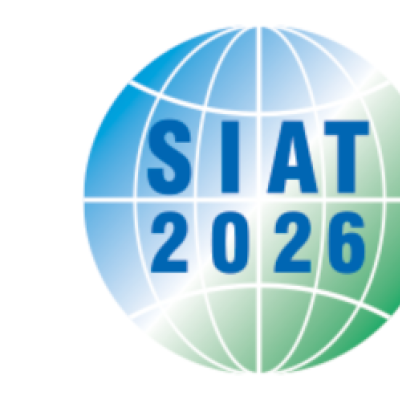
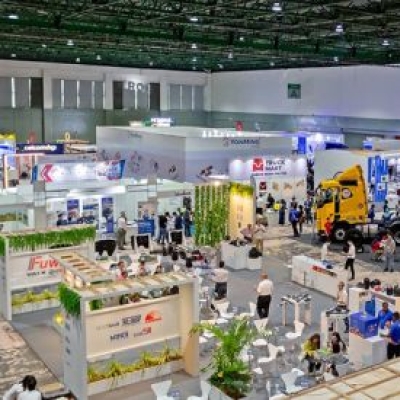


Comments (0)
ADD COMMENT